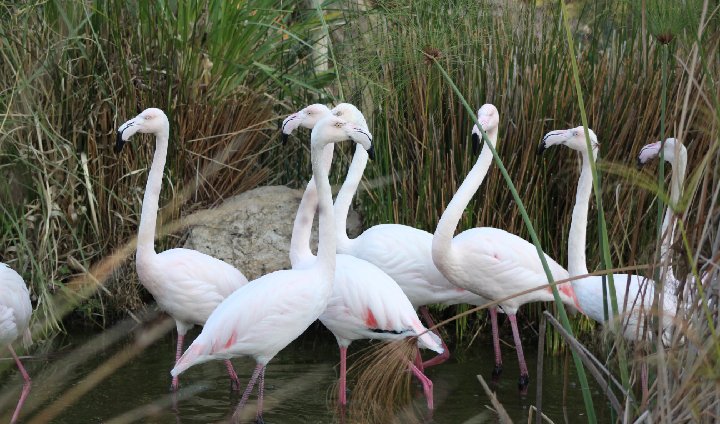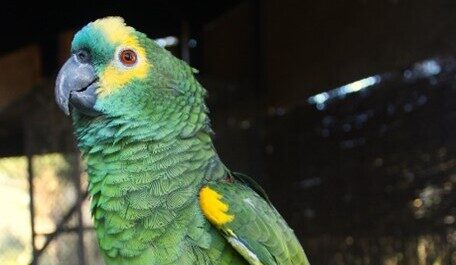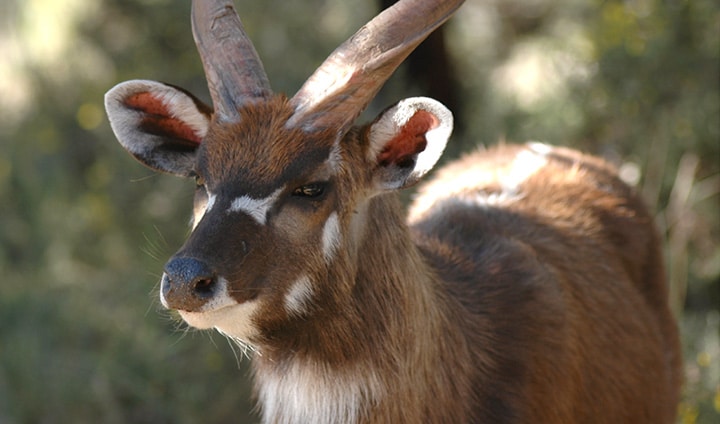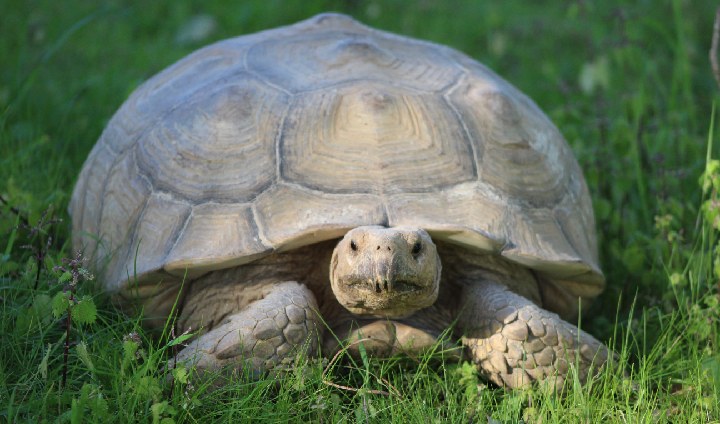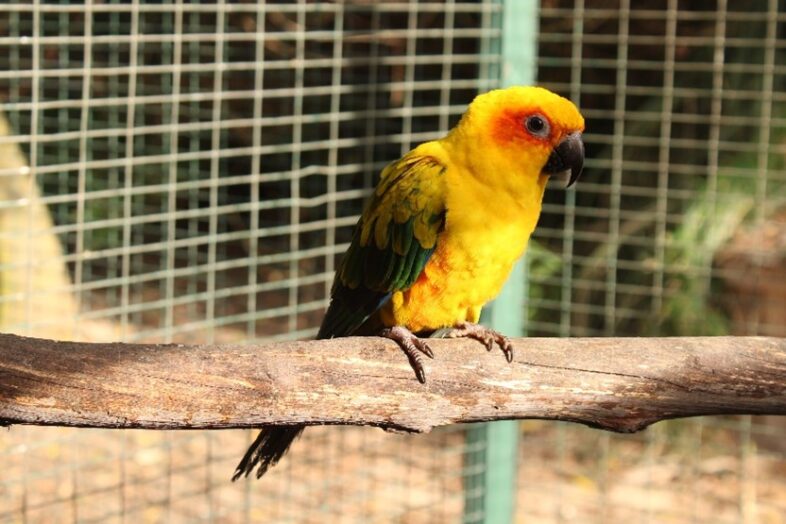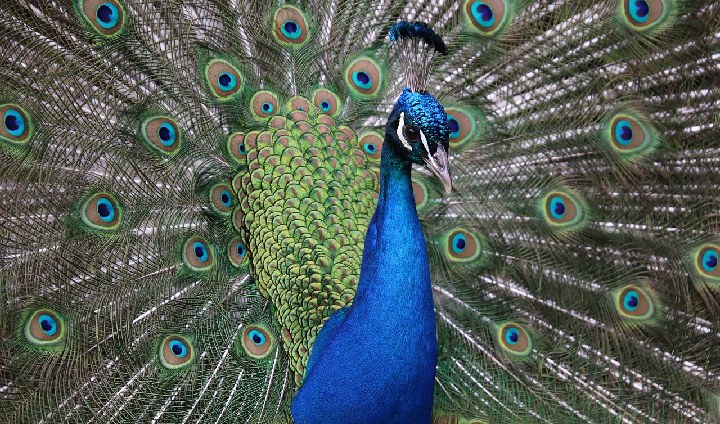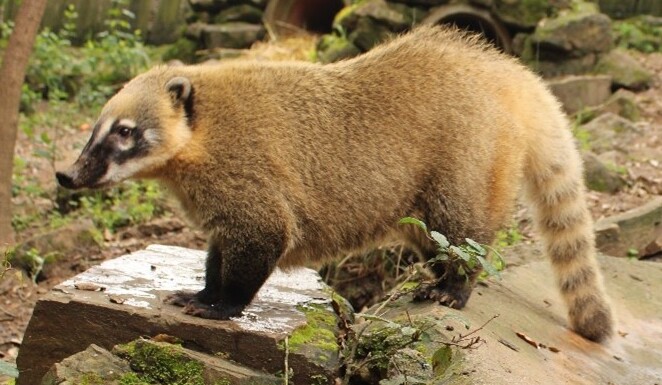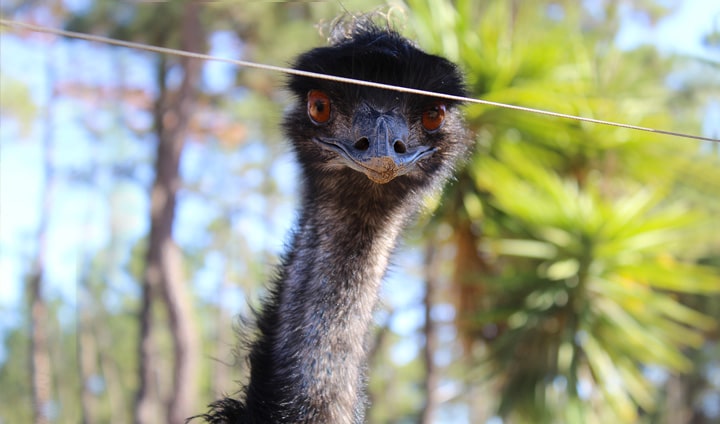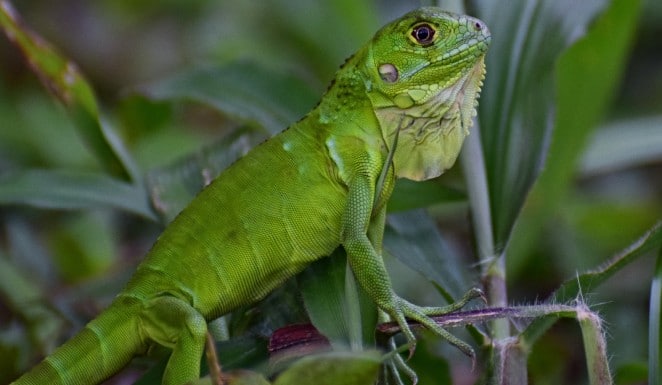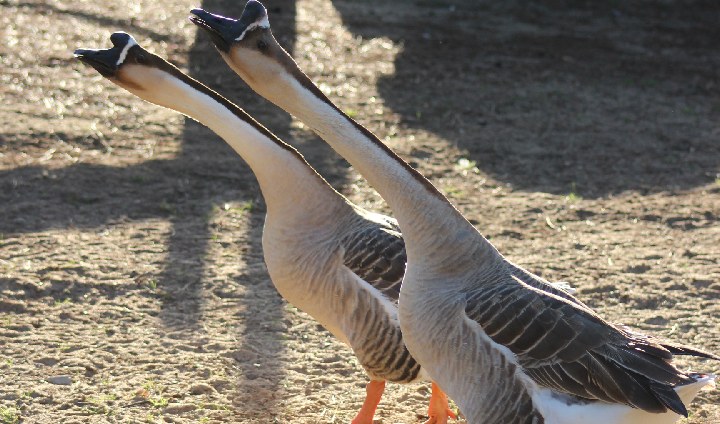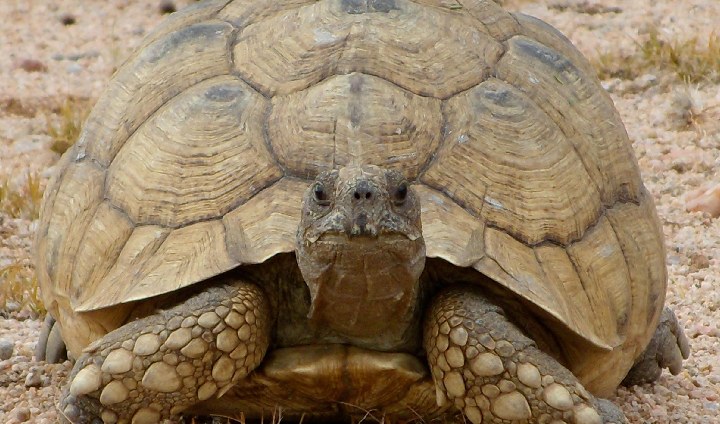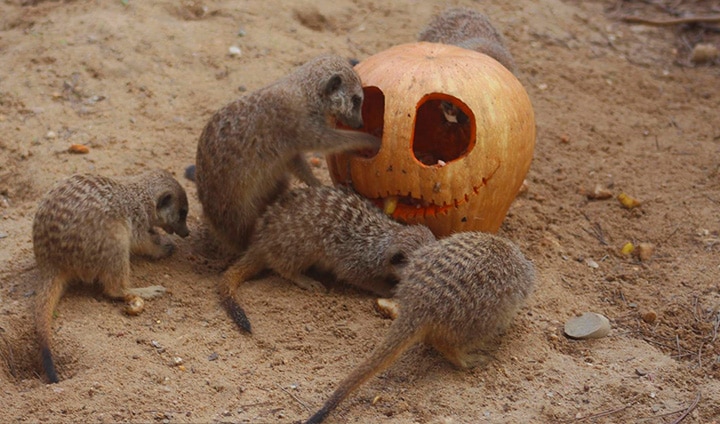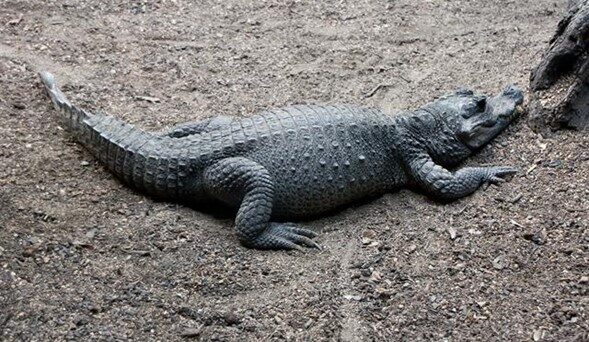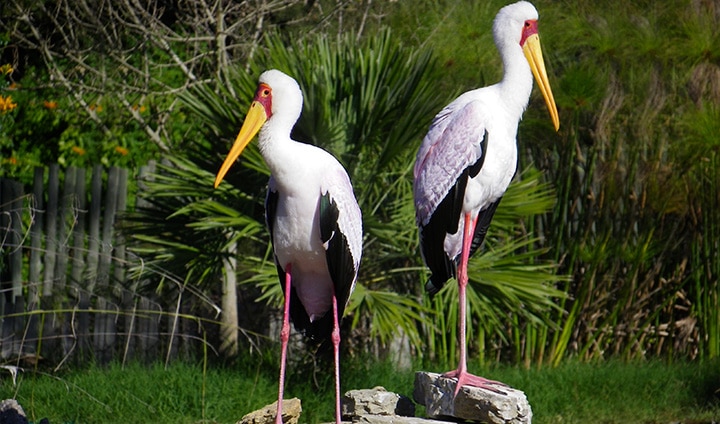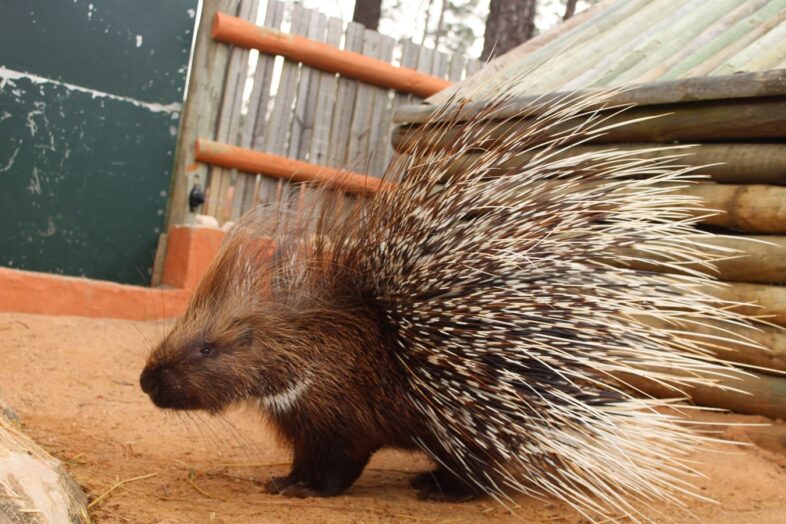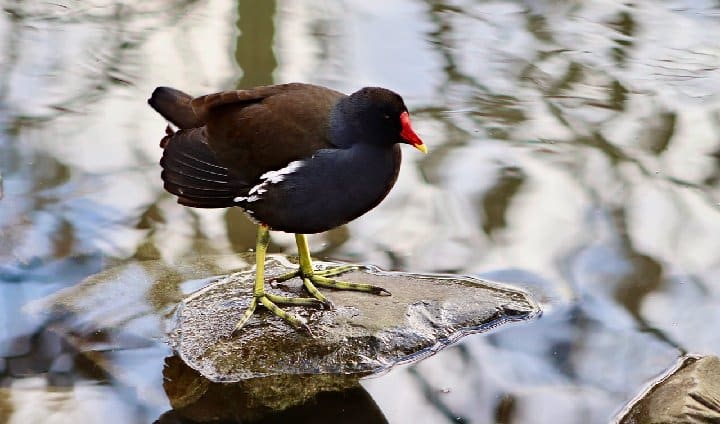Diet: They are carnivores and can eat a lot of everything from fish, crabs, insects, lizards, sea birds and bats.
Reproduction: These crocodiles only interact during the breeding season and this takes place at the beginning of the rainy season. The female makes her nest near water and she uses decaying vegetation to generate heat for incubating her eggs. Typically, the female lays around 10 eggs, but 20 have been documented. These eggs have an incubation period that varies between 85 and 105 days. When they hatch, the young are around 28 cm long and are protected by their mother as they are easy prey for most predators.
Distribution and Habitat: This species of crocodile is present throughout the tropical region of western and central Africa. To the south they can even reach the north of Angola. In terms of habitat, these crocodiles can be distributed in low and medium altitude areas, small rivers, swamps, pools, mangroves and tend to avoid very wide river sections. Their favorite places are forest areas with small rivers and many hiding places.
Behavior: Mostly nocturnal animal that spends the day in small pools or burrows. It is considered one of the most terrestrial crocodiles. Because this species is very solitary, burrows may even have submerged entrances to avoid unwanted visits.
Conservation Status: Vulnerable
Scientific name: Osteolaemus tetraspis
Class: Reptilia
Order: Crocodilia
Family: Crocodylidae
Dimensions: 1.5m – 1.9m long
Weight: 18 – 32 kg
Longevity: 70 years in captivity and 50 years in the wild





